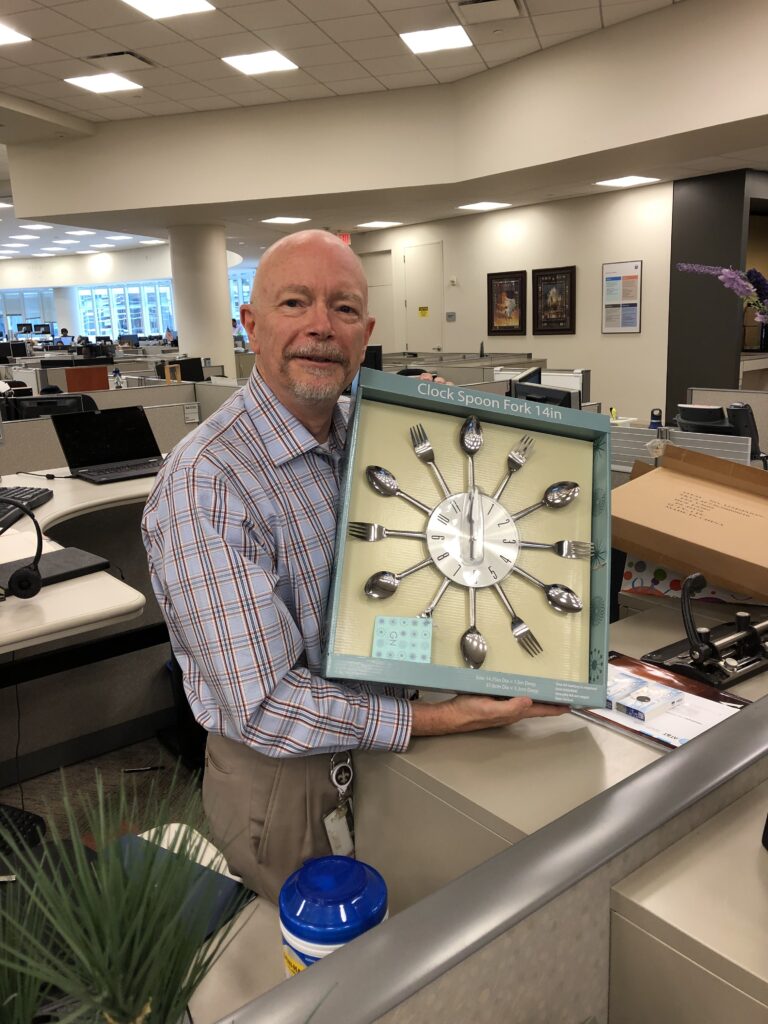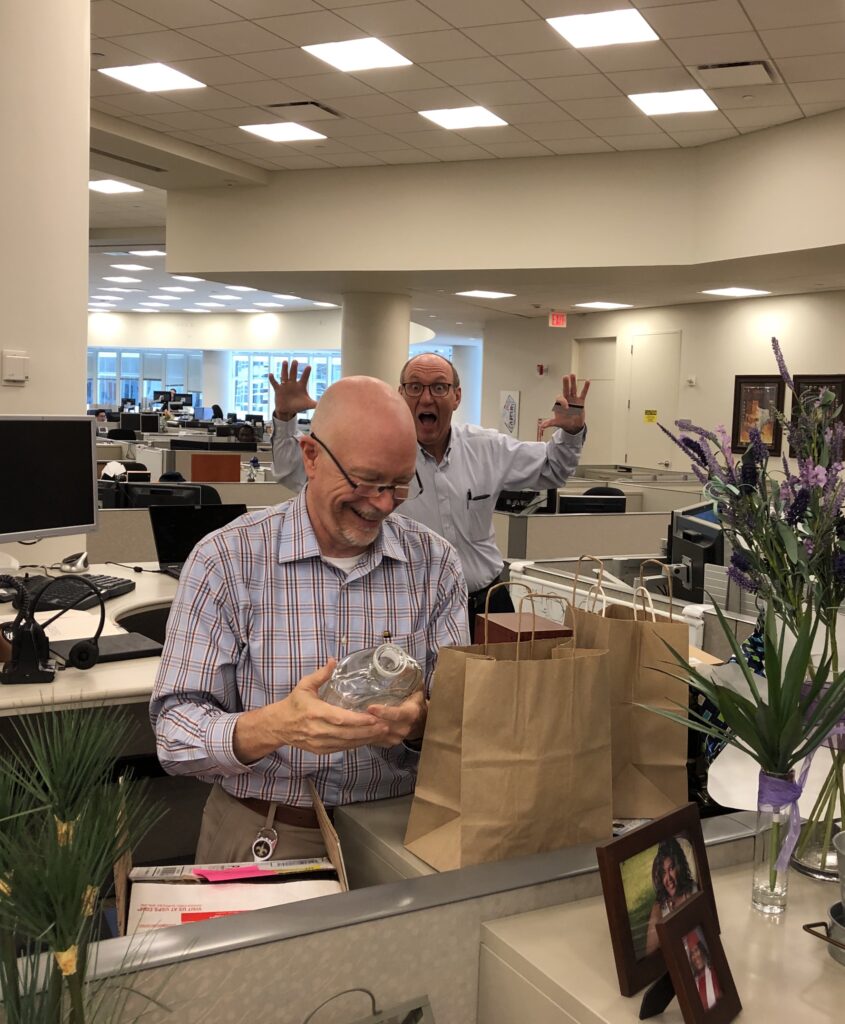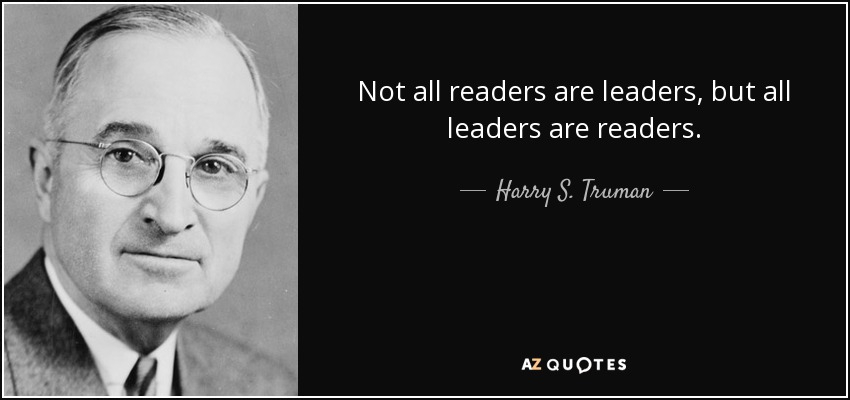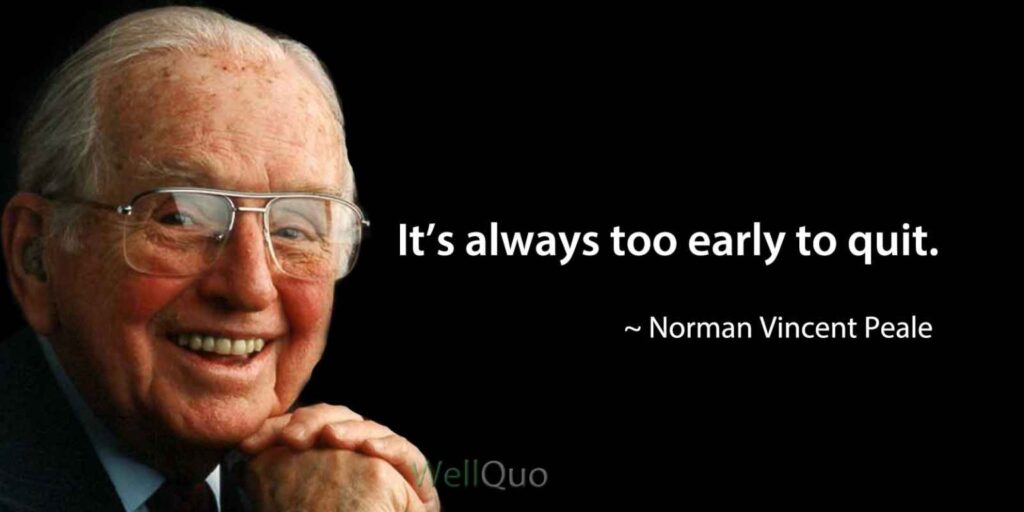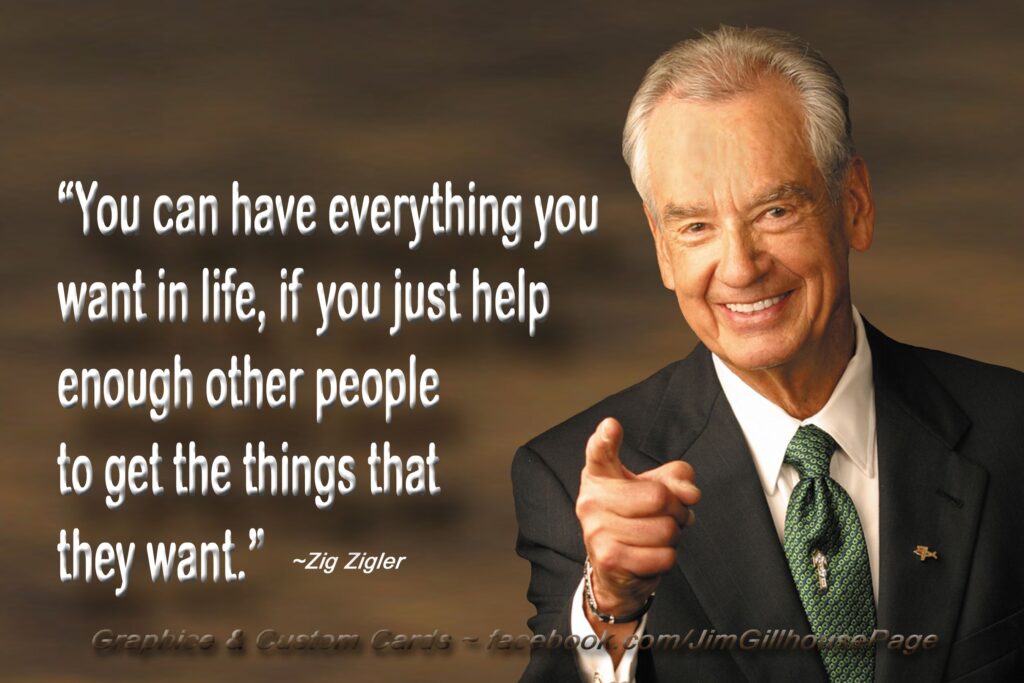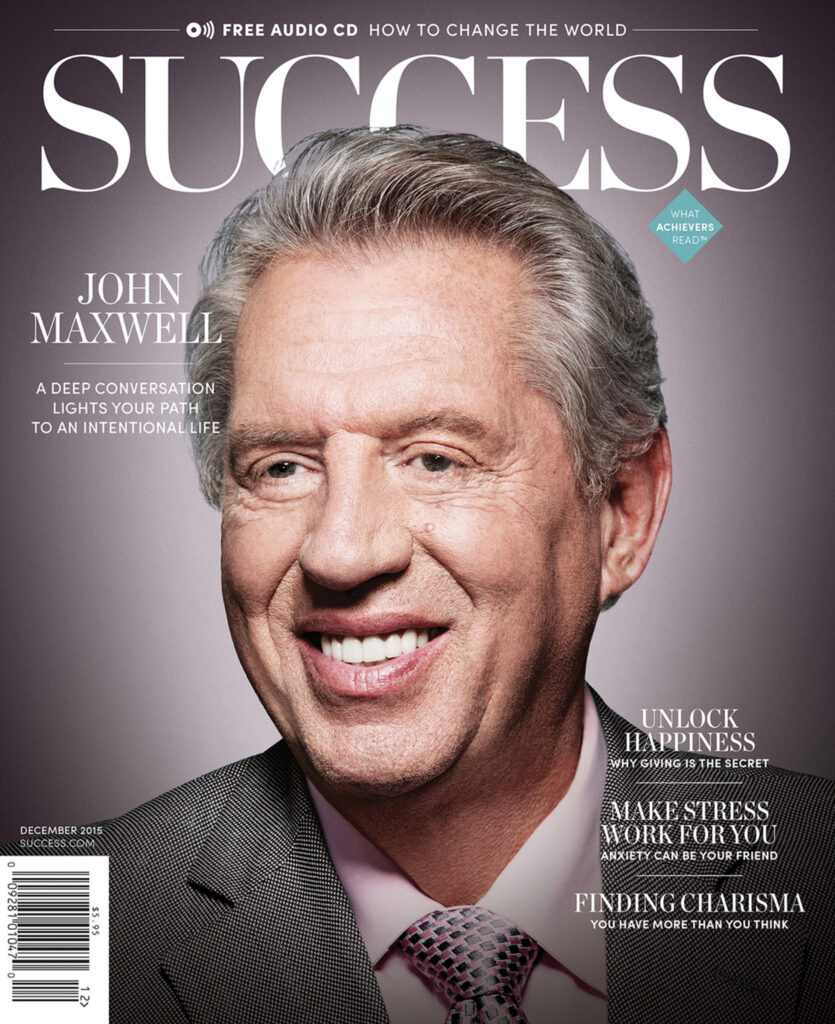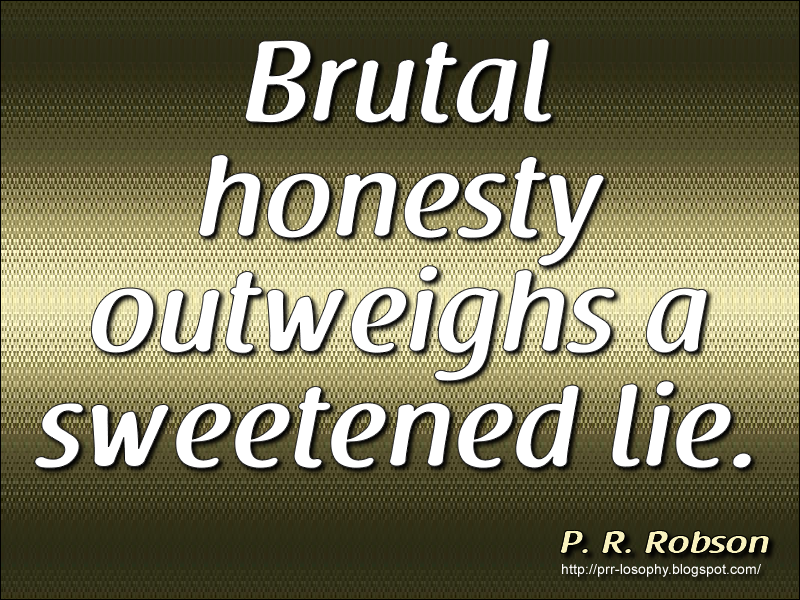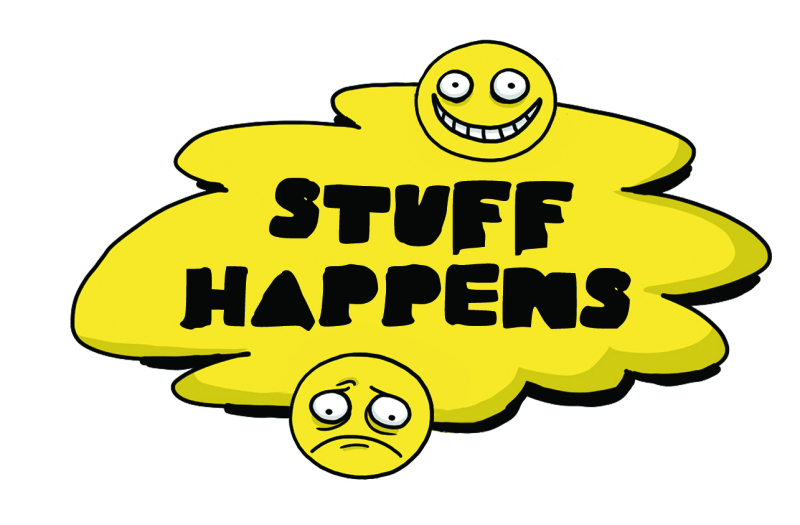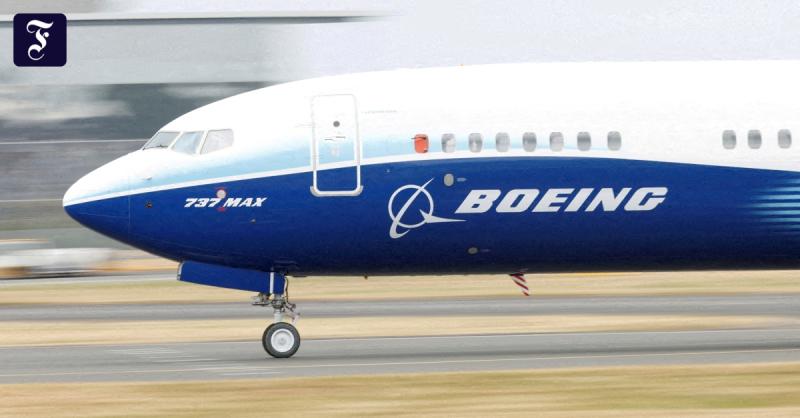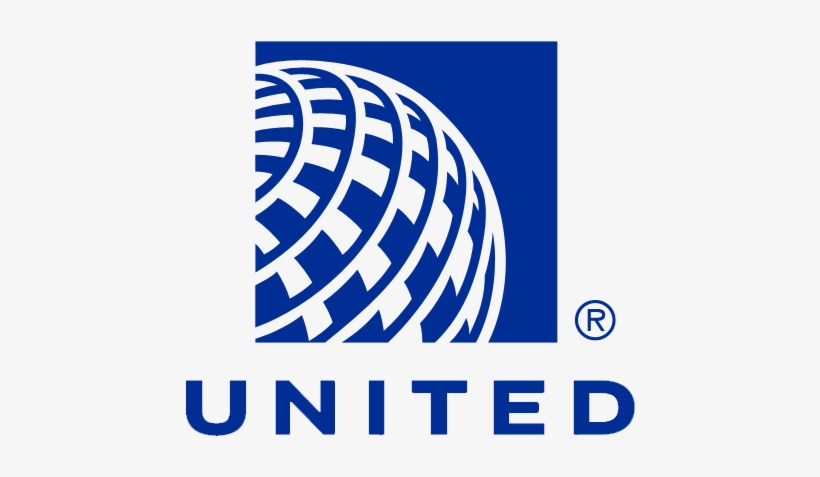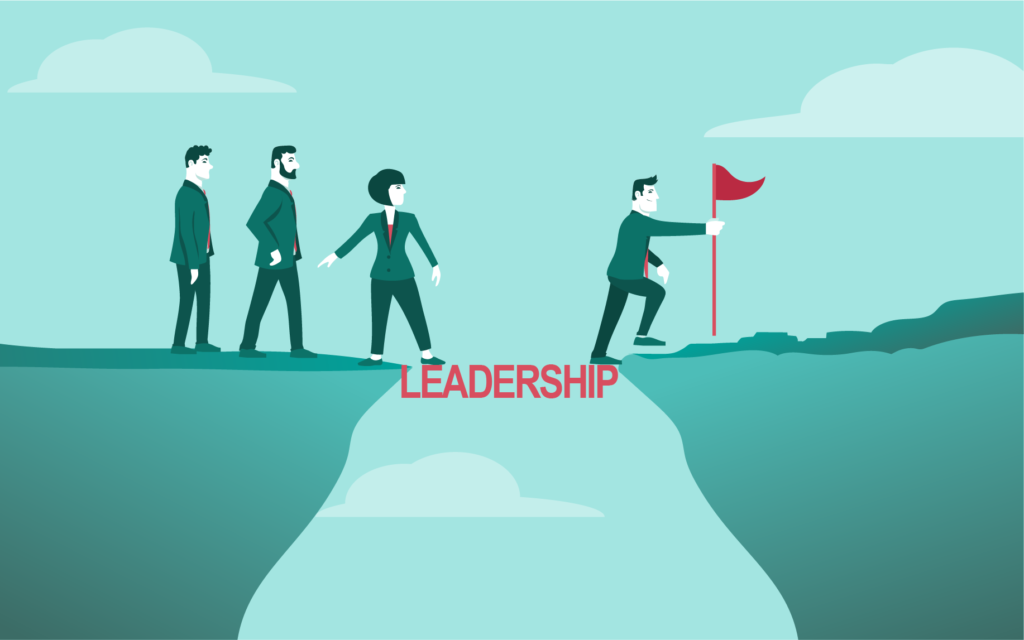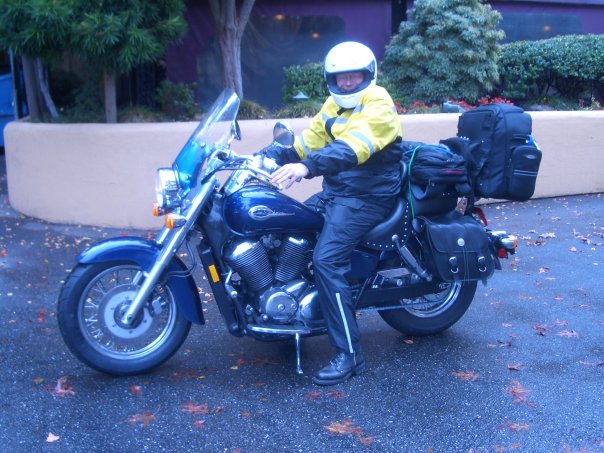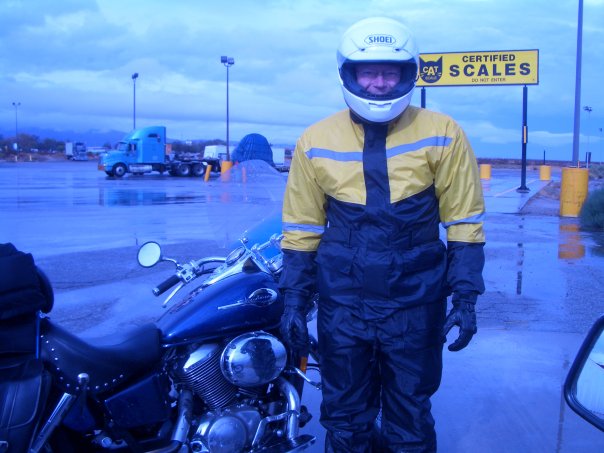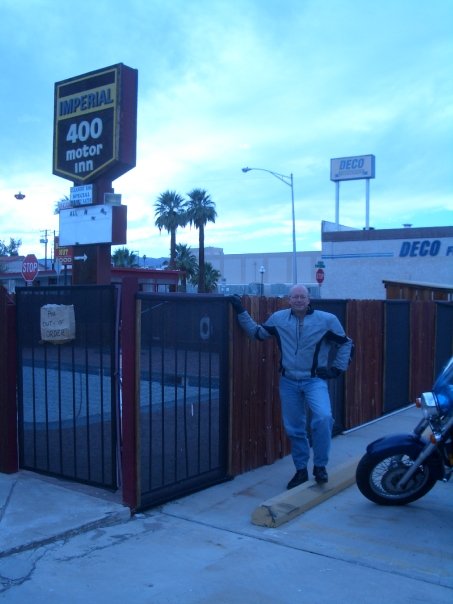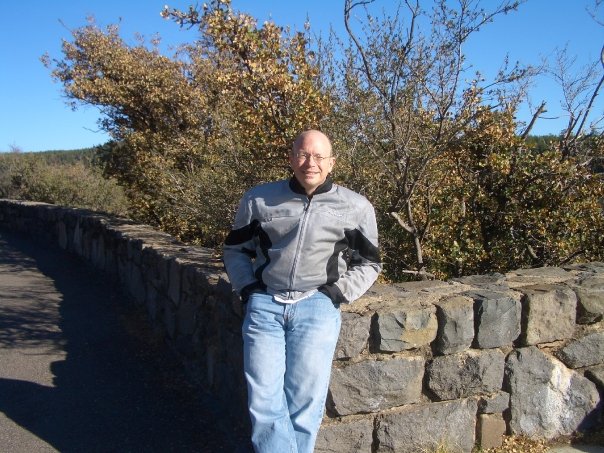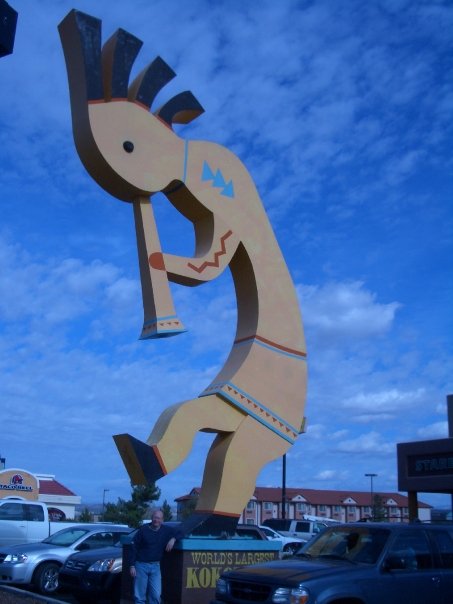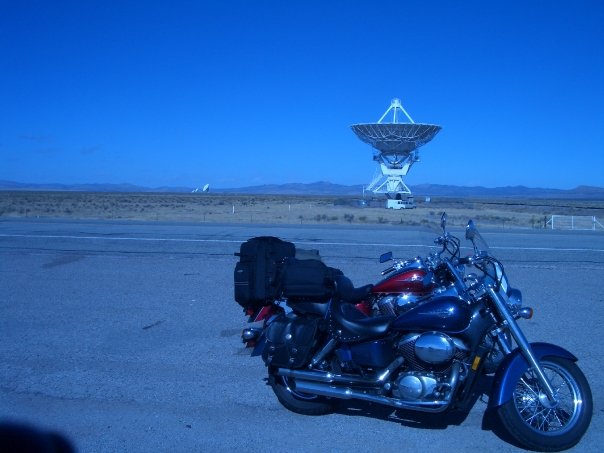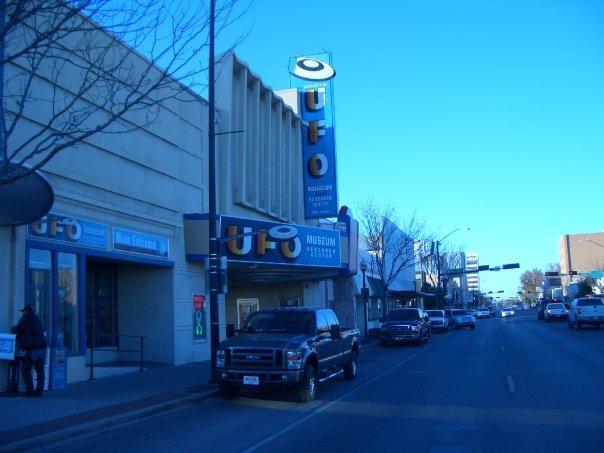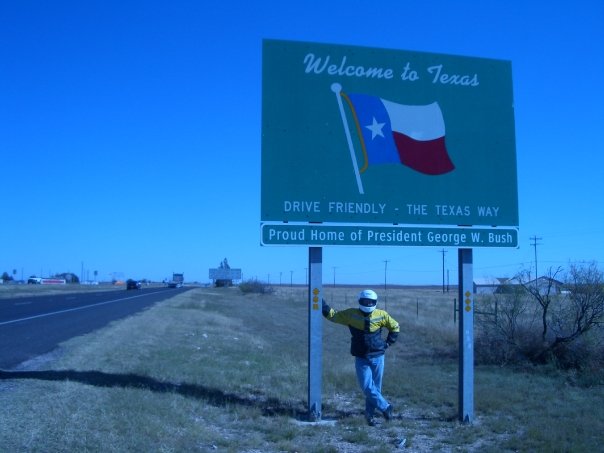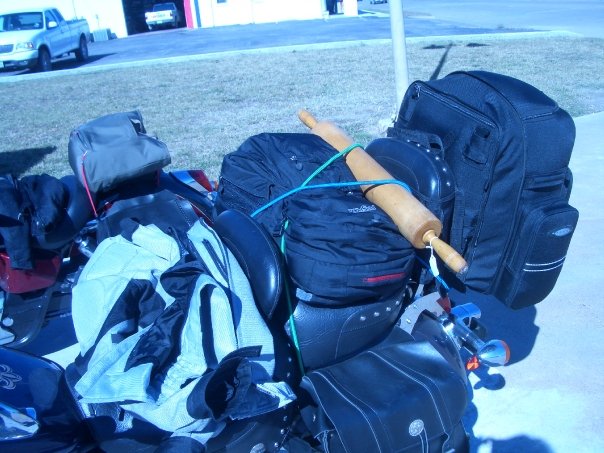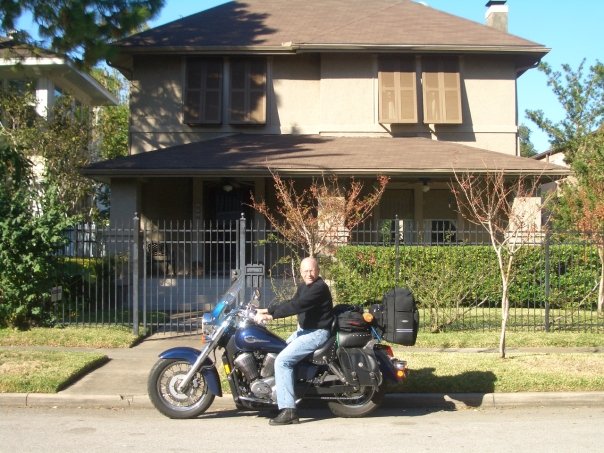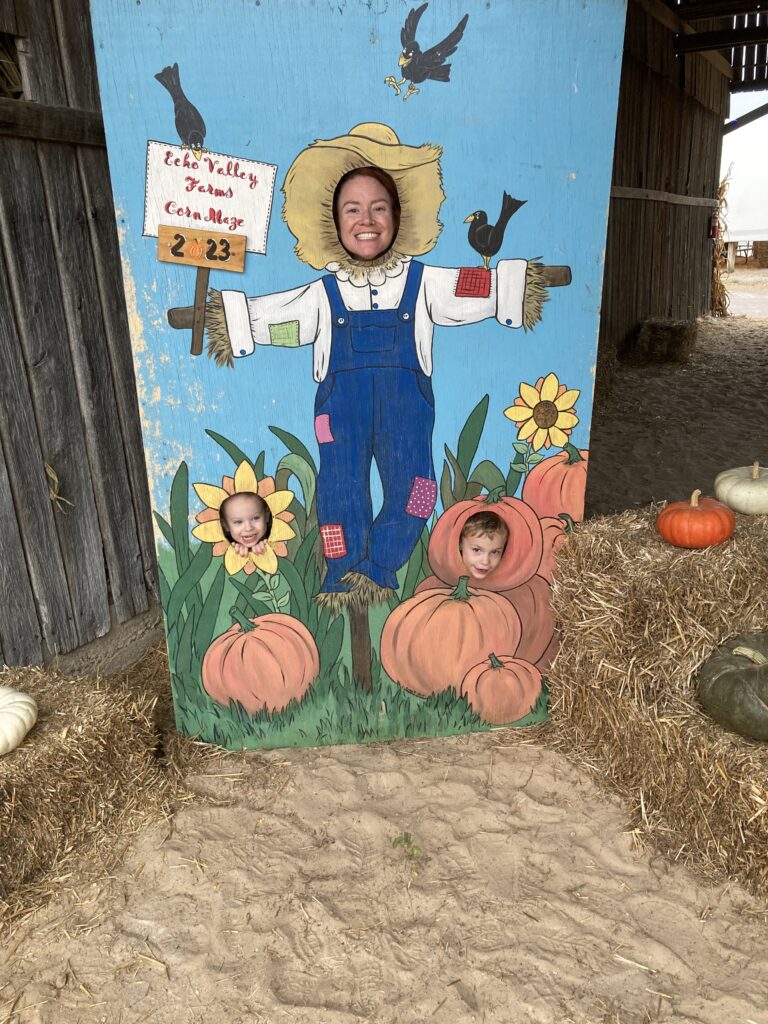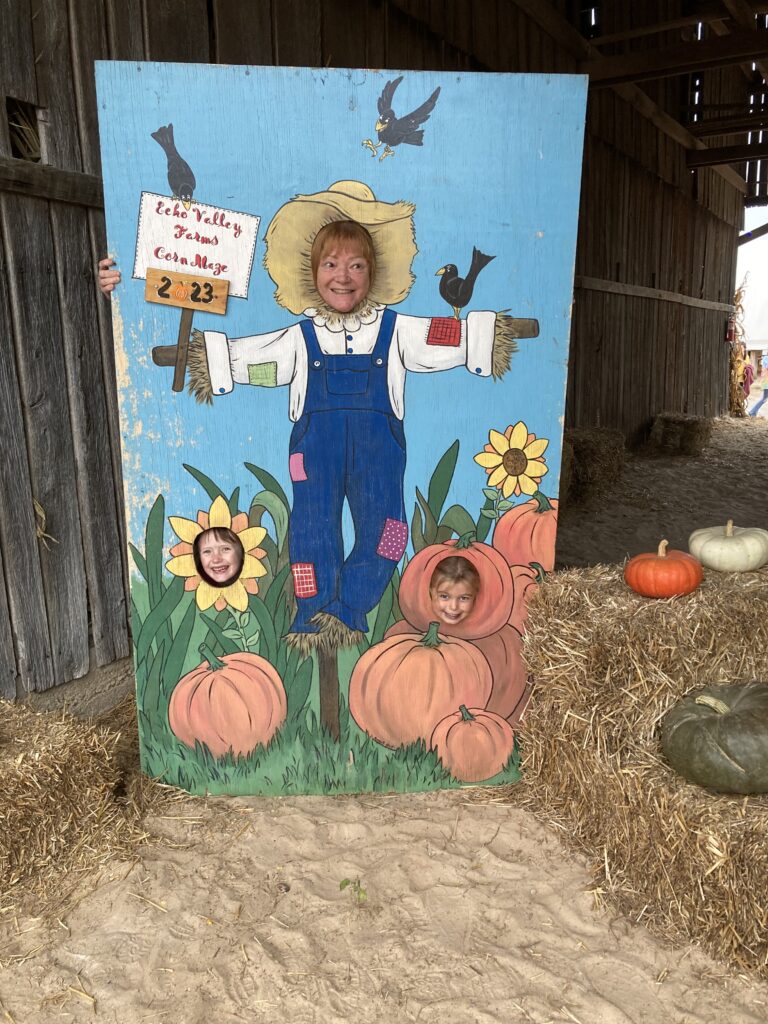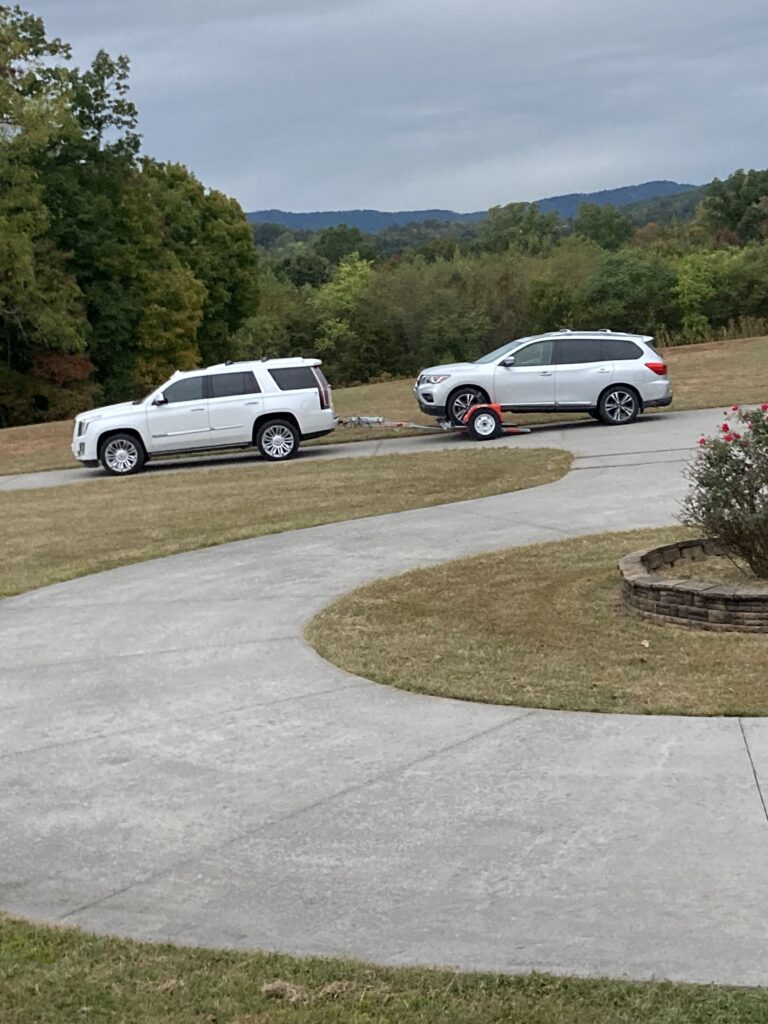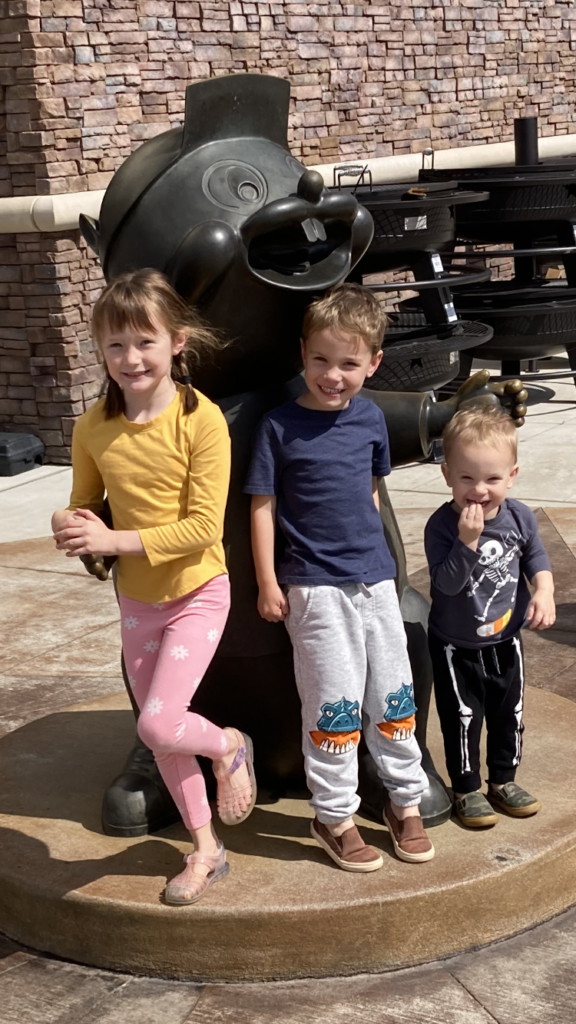(2024-11)

I am an avid World War 2 history buff and have been for quite some time. In my opinion, the Boeing B-17 was the most impactful airplane of the war. It is my favorite plane of that period of history. My love and admiration for this plane was recently rekindled when a fully restored B-17 visited New Orleans for an airshow. On Mother’s Day, I saw a B-17 flying around the city. It’s amazing that it’s still flying after more than 80 years.

My appreciation of this plane started in early childhood. I remember watching the TV series “12 O’Clock High,” which originally aired on September 18, 1964. I was a little over six years old and watched the show with Dad. It was one of my most memorable bonding experiences.
When the movie “Memphis Belle” came out in 1990, I had to see it. The Memphis Belle was one of the first B-17s to complete 25 bombing missions. The actual plane was restored starting in 2005 and is displayed at the National Museum of the U.S. Air Force in Dayton, Ohio.
This past year, “Masters of the Air” showcased this aircraft as it chronicled the actions of the 100th Bombing Group. If you are a WW2 history fan like me, I’d recommend watching it (currently streaming on Apple TV). After viewing this mini-series, I spent some time reviewing the history of this iconic aircraft.

The B-17 was designated Model 299 by its designer, Boeing. It was the sole four-engine aircraft in a 1935 bomber competition called by the U.S. Army Air Corps (which was later spun off into the U.S. Air Force in 1947). Although the 299 lost the competition for a production contract (due to a freak accident caused by pilot error), the 299’s performance was well liked by the USAAC. Thirteen Model 299s were purchased as experimental bombers. The designation was changed to YB-17 and some slight modifications were made to the original Model 299 design.
The B-17 was believed to be outdated before the start of WW2. It proved those critics wrong, becoming known for its rugged durability. A total of 12,731 B-17s were produced over a ten-year period. During the war Boeing was joined by Douglas Aircraft and the Vega subsidiary of Lockheed in manufacturing this plane. Many stories exist of battered B-17s making it back to base after bombing missions. One severely damaged B-17F (named “All American” by her crew) continued to fly after colliding with a German Bf-109 fighter, eventually landing without crew injuries.

There are still a few B-17s that are in flying condition. The owners of these fine aircrafts sell rides on them. I made a goal after retiring to take a ride in a restored B-17 then decided that the cost of the ride was a luxury I couldn’t justify. When the plane flew over on Mother’s Day, I instantly regretted this decision.

As I reflected on the success of the B-17, I identified a few leadership or life lessons:
- Quality that lasts can have dramatic impact. The B-17 was the right bomber design at the right time. It had a profound impact on the outcome of the fight against Nazi Germany.
- Newer isn’t always better. The B-24 bomber was a newer four-engine heavy bomber that also had a big role in WW2. While the B-24 was also a good airplane, the B-17 was the more durable one.
- Adaptability is the key to remaining relevant. The B-17 had at least eight different models from test to retirement from active service. Each new model helped maintain its relevance in combat.
- Carpe Diem (Seize the Day). I regret my decision earlier this year and have decided to ride a B-17 at the next available opportunity. As a leader, if you have a vision, you should pursue it!
What is something “tried and true” in your life and/or work that can be adapted instead of replacing? Do you have a plan to remain relevant in your life and career? If you don’t, reach out to me (mike@mrhensonllc.com) to help with a personal development plan. If I can add value to you, I’d love to help.
Also, what is your favorite WW2 airplane (if you have one) and why?

